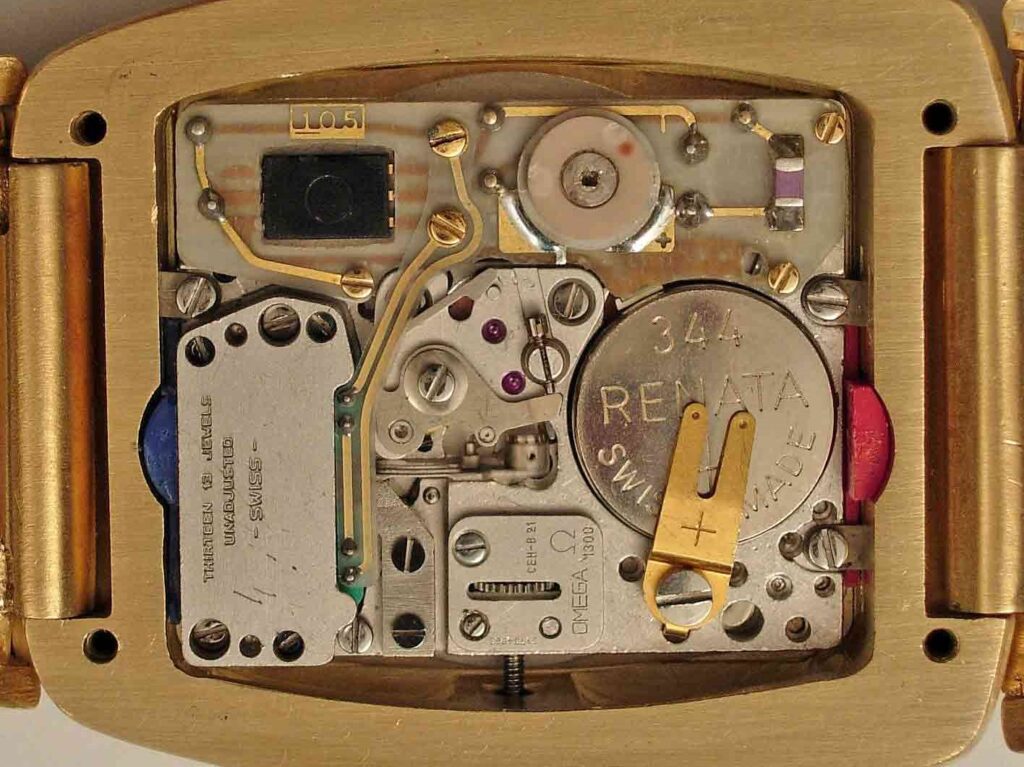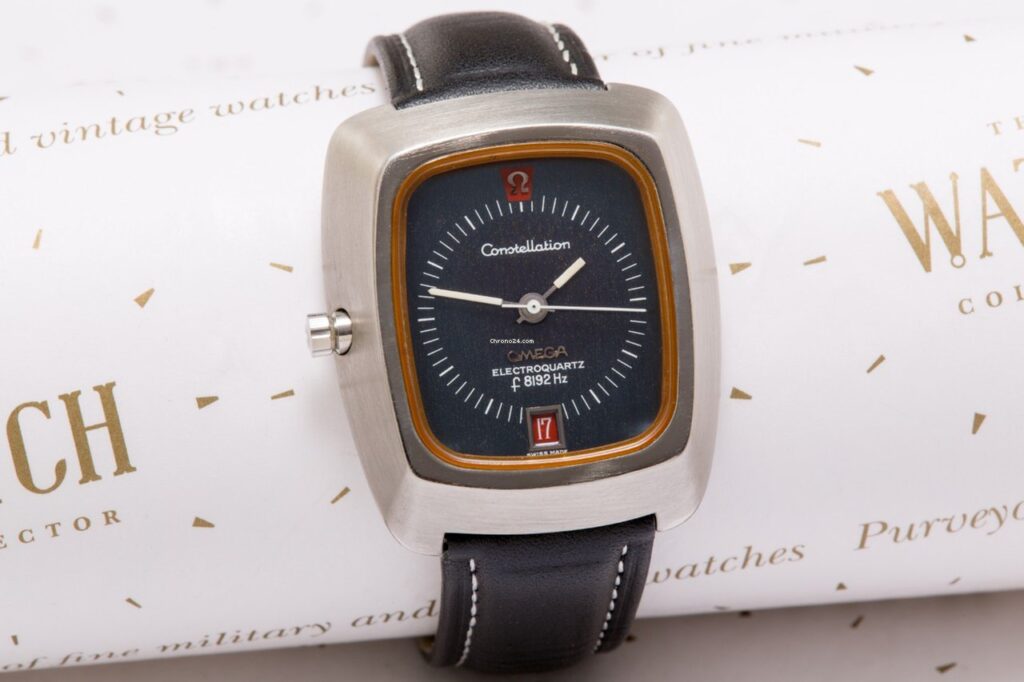Beta 21 (THE QUARTZ MVMT THAT FAILED)

Is it better to burn out or to fade away? This rhetorical question might be appropriate to ask the 20 Swiss watchmakers that developed the first Swiss quartz movement—the Beta 21. After all, it kicked off a pretty short-lived era in Swiss watchmaking, which blew out under the weight of its own pricing. During the 1970s the Beta 21 went to full production for the majority of its watchmaking backers. Concurrently, the Japanese were building slimmer and more affordable movements at a faster rate than the Swiss—which made quartz technology go from being a high-end fascination to a throw-away convenience—within a decade after the Beta 21’s commercial release (1970). This watchmaking competition in horological history would become what’s now known as the “quartz crisis” (a subject we’ve covered in a previous post). Unfortunately for the Swiss, most folks didn’t want to pay 1,000 times the going rate for the same accuracy in a wristwatch. Though the artistry of the Beta 21 and its accurate timekeeping were on par for excellence, the established brands that tried to get ahead of the curve on quartz watchmaking just couldn’t keep up with Eastern quartz innovation. Despite the eventual burnout of the Swiss Beta 21, however, it still had a significant impact on watchmaking globally. It was born from a pretty stellar collaboration, one that did its best to negate the rising tide of Japanese quartz. Beta 21 was also a pretty smart move in terms of adapting previously mechanical brands to a progressively electronic evolution in watch tech.
The Spark for Beta 21
Development of electronic and quartz-watch tech was seen as an existential necessity for Swiss watchmakers, after the 1950s. It was during that mid-century decade that Hamilton, Elgin, and LIP developed/released the first electronic wristwatches. After these debuts many Swiss watchmakers did not want to be usurped by new technological developments. As a result, the group Centre Electronique Horloger (CEH) was established in the early 1960s. After nearly 6 years of R&D the first prototype of the Beta 21 was made (this creation is often argued as being the first true quartz wristwatch). The accuracy of this prototype titled “beta-1” was refined into an award winning second prototype—the beta-2. In 1969, with beta testing for the Beta 21 finalized, all maisons involved in CEH agreed to put their new quartz movement to production. Coming in just after the commercial release of the Seiko Astron in December of ‘69, the first watch models featuring Swiss Beta 21s were presented at the Basel Watch Fair in early 1970.
Off to Market

The first Swiss Beta 21 quartz watch that went to production was the Omega Electroquartz. This watch, along with other watches from Rolex, Patek Philippe, and other Beta 21 influencers saw a limited release. Many of these watches were stamped for authenticity and to establish exclusivity. Omega would be the longest running employer of this movement, continuing production from 1970-1977—but would nearly go under due to the falling costs and rising popularity of Japanese quartz watches.
From 1972-1974 brands like Rolex, Patek Philippe, IWC, and another chunk of the original backers took on the updated Beta 22 movement. The production and R&D costs became too high for these watchmakers to continue use of the “Beta” movements—so many turned to designing their own quartz movements. Rolex made one of the more famous iterations of their own in-house movement. They called it the “Oysterquartz”—it’s a particularly collectible watch that has plenty of cheap imitations circulating currently.
Time to Collect
Although the original Beta 21s and 22s didn’t hit the ground running, they’ve become a veritable collector’s delight. With prices soaring up into the tens-of-thousands of dollars, their value has held quite well as a niche fascination for the horologically minded. Where the eventual quartz crisis killed or nearly-killed multiple Swiss watchmakers, it also gave rise to the reverence surrounding their prowess in engineering. Despite the Japanese still having the largest share in global sales of quartz watches currently, these Beta 21 and 22 gems hold their own. So perhaps burning out is better than fading away—at least you have an opportunity to rise back from the ashes with a uniqueness and gusto otherwise alien to the ubiquitous convenience of modern quartz watches.
Times Ticking has been in operation for more than 30 years, since 1982. We have performed watch repair for customers both locally and internationally. If it Ticks! We KNOW it! Our team of watch repair technicians have a combined experience in watchmaking of over 120 years.

